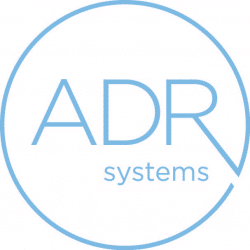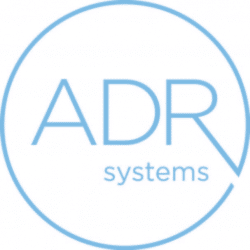A well-prepared mediation submission can set the stage for a productive negotiation. Unlike a trial brief, which focuses on winning legal arguments, a mediation submission should present a concise, compelling story of the dispute in clear, simple language.
Whether you are drafting your first mediation submission or need a refresher, this guide outlines essential elements to include and key considerations for making your submission as effective as possible.
The Purpose of a Mediation Submission
A strong mediation submission serves two audiences: the mediator and the opposing party. It provides the mediator with a solid understanding of the case and encourages the other side to approach the negotiation with fresh perspectives. Most mediators recommend exchanging submissions–especially in commercial disputes– but if there are sensitive details, submissions can be shared separately confidentially.
Tone matters. Your submission should be persuasive yet professional, with a clear theme that humanizes your client and demonstrates civility. A well-structured and visually clear submission showcases your competence and increases the likelihood of a successful resolution.
The Mediation Submission Essential Checklist
To create a comprehensive and effective submission, ensure your document includes the following sections:
1. Introduction
Keep it brief—a few paragraphs summarizing the case, including the key demand or offer. This section sets the stage for both the mediator and opposing counsel.
2. Statement of Facts
Present a succinct, factual account of the case, including your theory and key legal principles. Mediation is about reaching a settlement, not winning legal battles, so keep citations limited to core issues.
3. Status of the Case
Summarize the procedural history and the status of the case, including any prior settlement discussions.
4. Settlement Offer or Demand
Provide details of the monetary or non-monetary offer/demand, ideally in an easy-to-read format such as a table or chart. Supporting documents (e.g., contracts, medical records, repair estimates) should be included.
5. Theory of Liability and Damages
Outline your liability and damages argument, incorporating key witness testimony and legal analysis. Highlight any changes following discovery and summarize depositions with relevant excerpts.
6. Witness Summaries
Identify opinion and non-opinion witnesses whose testimony impacts liability and damages. Summarize critical facts established during discovery.
7. Conclusion
Reiterate the key points of your submission and reinforce the relief sought. This final section should leave a strong impression on both the mediator and opposing counsel.
Timing is Key
An effective mediation submission isn’t just about content—timing matters, too. Aim to submit your materials at least two weeks before the mediation. This allows the mediator to review the information thoroughly and reach out with any clarifying questions. It also gives opposing counsel ample time to discuss the case with their clients, ensuring all parties come prepared. “Early submissions can become a catalyst for progress,” says Hon. Mitchell L. Hoffman, (Ret.), senior mediator and arbitrator at ADR Systems. “When I review them, I’m able to start identifying possible pathways to resolution before the conversation even begins.”
Parties can expect a call from the mediator after they have reviewed their submissions if there are any questions or needs for clarification on any issues. According to Judge Hoffman, “Submitting materials early gives parties the tools to engage in meaningful dialogue with the mediator before the session, potentially streamlining the negotiation process.”
From Mediation Submission to Settlement
A well-crafted mediation submission can be a game-changer, providing clarity, structure, and a persuasive narrative that moves the negotiation forward. By focusing on a clear story and theme, providing all necessary information and giving your mediator ample time to review prior to the session, you can maximize the effectiveness of your submission—and ultimately improve the chances of a successful resolution.
Ready to submit? Request our neutrals’ availability or contact ADR Systems for more information.
…………
Hon. Mitchell L. Hoffman, (Ret.) has cultivated over 38 years of experience as a legal practitioner, having spent 21 of those years as a judge and 17 as an attorney. On the bench, he handled both Chancery and Law Division calls, settling many commercial and personal injury cases. Judge Hoffman is known for his detailed case preparation and analysis. He is fair and even-tempered and provides a calming influence during mediations.
Request Judge Hoffman’s Availability
ADR Systems, It’s Settled. ®





